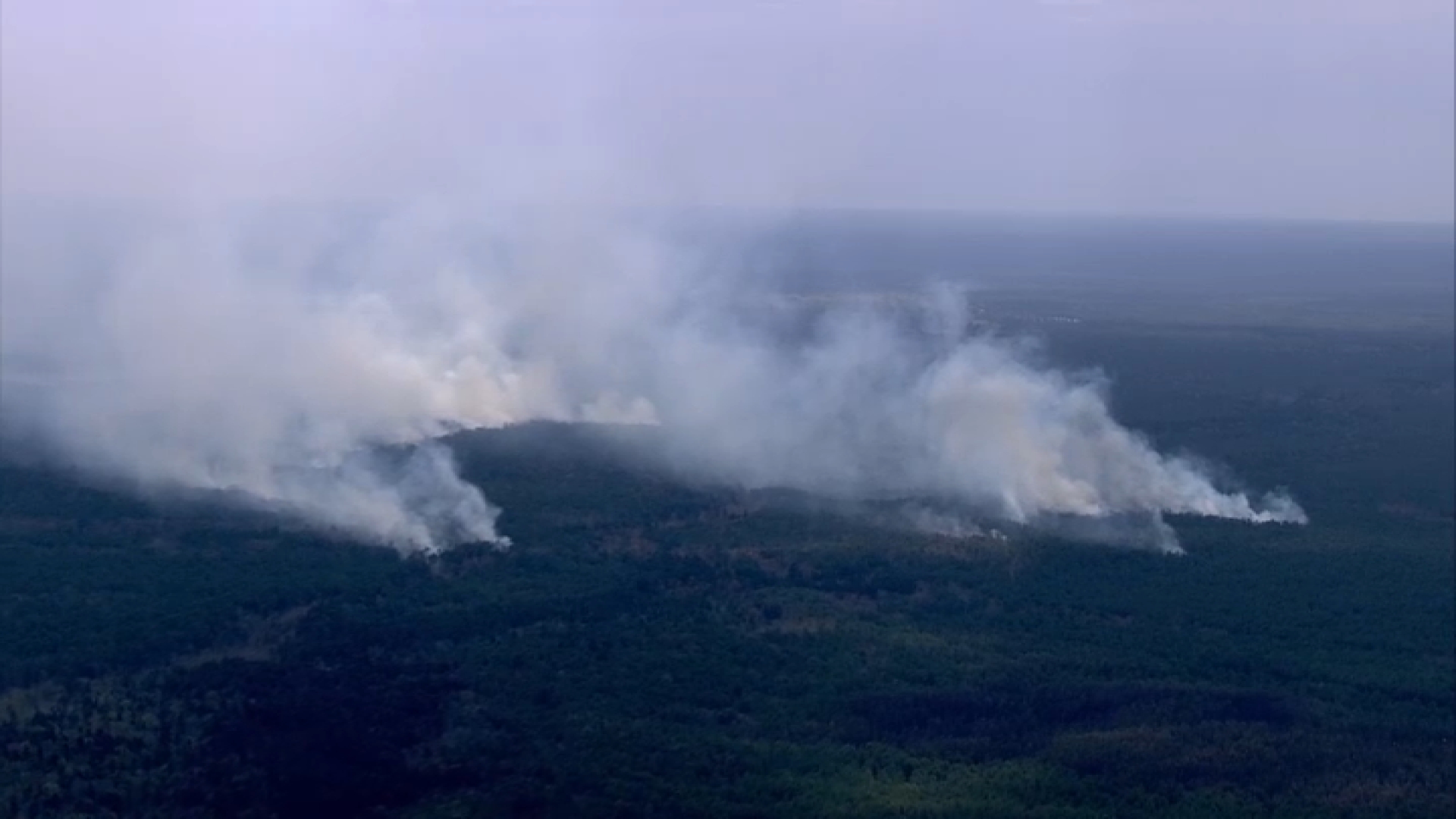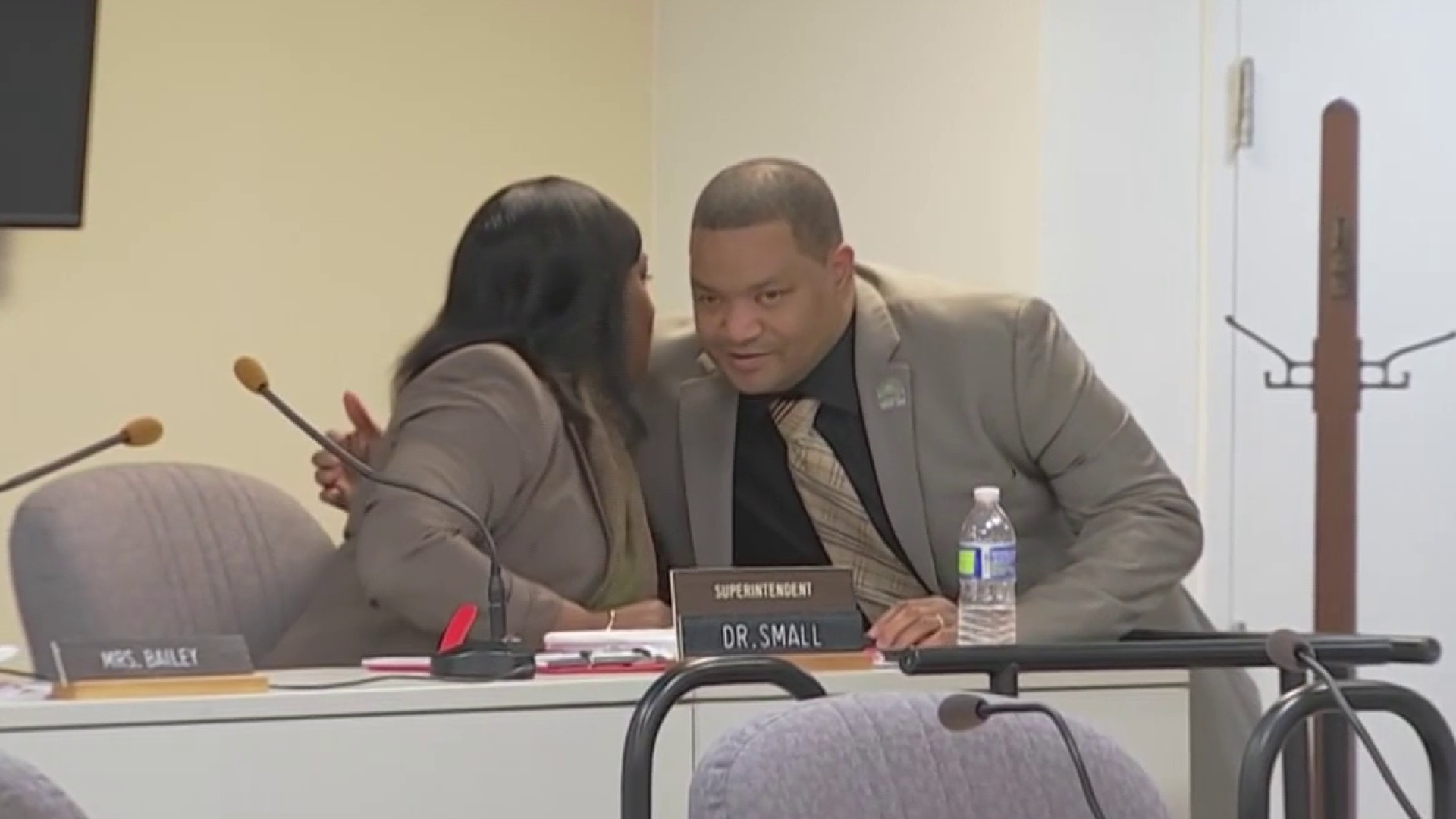Kevin Karlson has spent the last 30 years tracking rare birds from Panama to Thailand. Saturday morning he was in the Meadowlands, a short distance from his Hyundai, watching mallard ducks.
The birding expert Kevin Karlson leading a group on Saturday at DeKorte Park in Lyndhurst, where he pointed out the delights of the commonly spotted species that make the Meadowlands their home.
He could not believe his luck.
"This is an incredible day for birding,'' the 60-year-old professional bird photographer and writer told The Record. "The variety we're getting today is just amazing.''
Karlson was leading three dozen birders on a tour of the Meadowlands. They watched white egrets and short-billed dowagers peck the mud for food. Cormorants flew low across the water.
Something fluffy and white cruised by Karlson's head, took a hard right turn and disappeared behind a clump of grass.
"Spotted sandpiper,'' Karlson said. "You can tell because they have this crazy staccato beat to their flight pattern.''
Local
Breaking news and the stories that matter to your neighborhood.
It was one of thousands of sandpipers the birders found as they walked a wide path in DeKorte Park in Lyndhurst, near the headquarters of the New Jersey Meadowlands Commission. The tour skirted Disposal Road, a potholed lane that is lousy for cars but perfect for birds. To the north rises the steep incline of a landfill, which creates updrafts for soaring falcons. To the south lies a tidal marsh teaming with fish, bugs and the shorebirds that eat them.
In the narrow flatland in between in 1981, Karlson spotted his first Henslow's Sparrow, one of only five he's seen in his 30-year career.
The desire to see the rare and unique remains a common trait among birders. Liz Mershon, hoped to see a yellow-crowned night heron on Saturday but saw mostly common sandpipers instead.
"Shorebirds are hard,'' she said. "They're all brown little jobs walking around with their heads down.''
The birders spotted no endangered species, but they did witness a rare show. A kestrel hovered motionless in a current of wind. A red-tailed hawk circled nearby. A peregrine falcon sat on a power transmission tower, eyeing them both.
"It's a raptor show! Amazing,'' Karlson said. "That kestrel had better be careful because that peregrine will take him out of the sky.''
When the raptors flew away, Karlson crouched on the path. With his fingers he drew two wings in the dirt. One was the blunt edge of a western sandpiper, the other the rounded profile of a semipalmated sandpiper.
"The difference is really subtle,'' said Karlson. "But once you know it, you can't miss it.''
Traditionally birders pay little attention to such common species. After so many years tracking birds for a living, Karlson says he no longer cares.
"I don't keep lists of rare birds anymore. I got bored,'' he said. "I want to understand the birds I see outside my door. Give me five seconds inside the mind of a red-tailed hawk. Something's got to be happening in there.''
Karlson tried persuading the group to value common, everyday birds. They listened respectfully, even as they glassed the skies for something rare.
Even Karlson's interest in the prosaic found its limits. Panning the landscape with a pair of $3,600 Leica binoculars, he stopped on something yellow in a tree.
"Wow! What is that?'' Karlson said, directing the group's attention to something that, on further inspection, turned out to be a plastic bag. ``Ah. It's garbage. A rare yellow garbage bird. Ha!''



